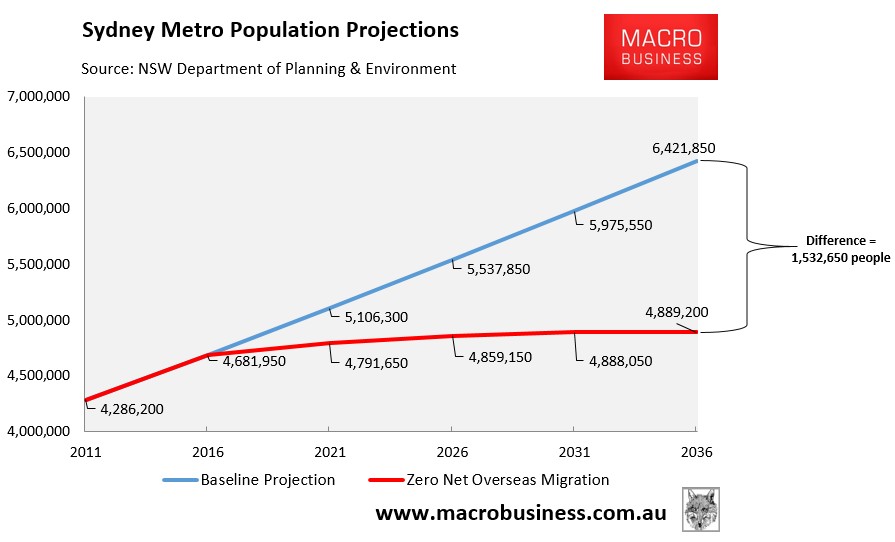This site has gone to great effort exposing the pitfalls of the ACT Light Rail Project.
Late last year, secret NSW Government documents were released revealing that the Parramatta Light Rail Project – the centrepiece of the Government’s plans to cement Parramatta as Sydney’s second central business district, as well as facilitate the building thousands of apartments around Sydney Olympic Park – had experienced a massive cost blowout “to more than $3.5 billion – $2.5 billion above what has been budgeted” and the benefits are unlikely to meet the costs.
This was followed soon after by a damning NSW Auditor-General assessment, which found that the Government’s controversial $2.1 billion CBD and eastern suburbs light rail project had also blown-out by over $500 million due to an incomplete business case.
Today, The Australian has reported that the NSW Civil & Administrative Tribunal has directed the State Government to release documents relating to the CBD and eastern suburbs light rail project, but that the Government has indicated that it will appeal the ruling before a full panel of the tribunal:
The NSW government is pulling out all stops to halt the release of documents that could prove Premier Gladys Berejiklian misled the public over her controversial CBD light rail project and reveal further cost blowouts in the $2.1 billion development.
Labor upper house leader Adam Searle has won a case in the NSW Civil and Administrative Tribunal for the release of documents in connection with the project…
But the government is appealing to a full panel of the NCAT…
Ms Berejiklian was found by the Auditor-General in November last year — two months before she became premier — to have misled the public when she was transport minister in 2014 over the cause of a $500 million blowout in the light rail project just before the last state election. However, she has steadfastly denied doing so knowingly.
In a press release dated October 2014, Ms Berejiklian said the project’s cost was increasing because of a “huge win” — a 50 per cent increase in capacity…
But Auditor-General Margaret Crawford’s report… found that “94 per cent of the $549m increase was due to incorrect estimates in the business case”…
Mr Searle said yesterday: “The government has fought tooth and nail to keep these documents secret — to protect the Premier from having to take responsibility for her actions on the light rail project when she was transport minister. If she has nothing to hide, why won’t her government hand over the information?”
With the Australian Government running a high immigration program, and Sydney’s population projected to balloon by 87,000 people per year (1.74 million in total) over the next 20 years – equivalent to 4.5 Canberra’s – the state government will need to invest heavily in infrastructure or risk crippling congestion, as well as lower urban amenity and living standards.

The problem is that these projects are unlikely to provide net benefits for taxpayers and instead represent a subsidy to high-rise property developers located along the line.
The other problem is that large cities like Sydney and Melbourne have reached such a size that they are exhibiting diseconomies of scale, which occurs when the cost of providing an extra unit of infrastructure increases as the city grows.
Basically, because Sydney and Melbourne are already built-up, there is little room to retro-fit new infrastructure without expensive additions like land buy-backs, tunnelling, or hideous disruptions to existing infrastructure.
Hence, running a population ponzi economy becomes increasingly costly for existing residents. The huge infrastructure costs also forces unpopular asset sales, increased debt borrowings and austerity.
The most obvious solution is to significantly dial back immigration and forestall the need for the costly new infrastructure projects in the first place.
Another is to implement a broad-based land tax so the taxpayer effectively picks-up some of the value uplift (if any) bestowed to high-rise developers located along the rail line.

